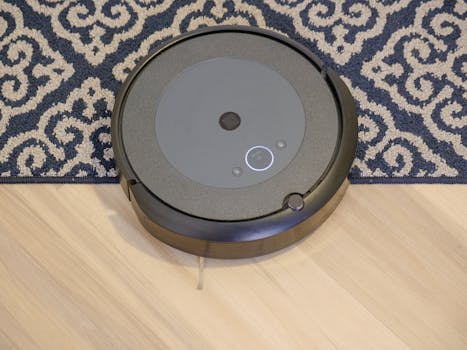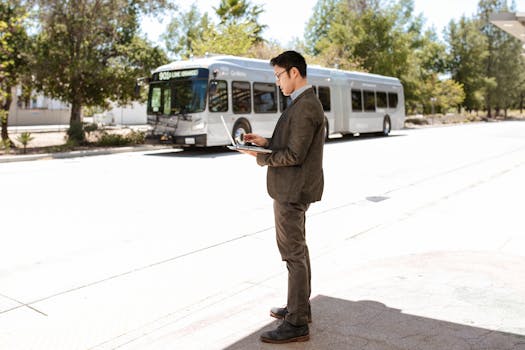Smart Homes and Smart Living: The Technological Transformation of European Homes by 2025
Smart Homes and Smart Living is revolutionizing the way we live in our homes. The concept of smart homes and smart living is transforming the way European homes are designed, built, and lived in. By 2025, European homes are expected to be equipped with cutting-edge technology, making life easier, more convenient, and sustainable.
Introduction to Smart Homes
A smart home is a home that is equipped with advanced technology to make life easier, more convenient, and sustainable. Smart homes are designed to be energy-efficient, safe, and comfortable. They are equipped with devices such as thermostats, lights, security cameras, and door locks that can be controlled remotely using a smartphone or voice assistant.
Benefits of Smart Homes
The benefits of smart homes are numerous. They include energy efficiency, increased safety, and convenience. Smart homes can also increase the value of a property and make it more attractive to potential buyers. Additionally, smart homes can provide remote monitoring and control, allowing homeowners to keep an eye on their property from anywhere in the world.
Technological Transformation of European Homes
By 2025, European homes are expected to be equipped with cutting-edge technology, making life easier, more convenient, and sustainable. The technological transformation of European homes will be driven by advances in artificial intelligence, Internet of Things (IoT), and 5G networks. These technologies will enable the widespread adoption of smart home devices and systems, making European homes more comfortable, safe, and energy-efficient.
Smart Living in European Homes
Smart living in European homes will be characterized by the use of technology to improve the quality of life. Smart living will include the use of smart home devices, voice assistants, and mobile apps to control and monitor various aspects of home life. Additionally, smart living will include the use of data analytics and artificial intelligence to optimize energy consumption, water usage, and waste management.
Conclusion
In conclusion, the concept of smart homes and smart living is transforming the way European homes are designed, built, and lived in. By 2025, European homes are expected to be equipped with cutting-edge technology, making life easier, more convenient, and sustainable. The technological transformation of European homes will be driven by advances in artificial intelligence, Internet of Things (IoT), and 5G networks, enabling the widespread adoption of smart home devices and systems.



